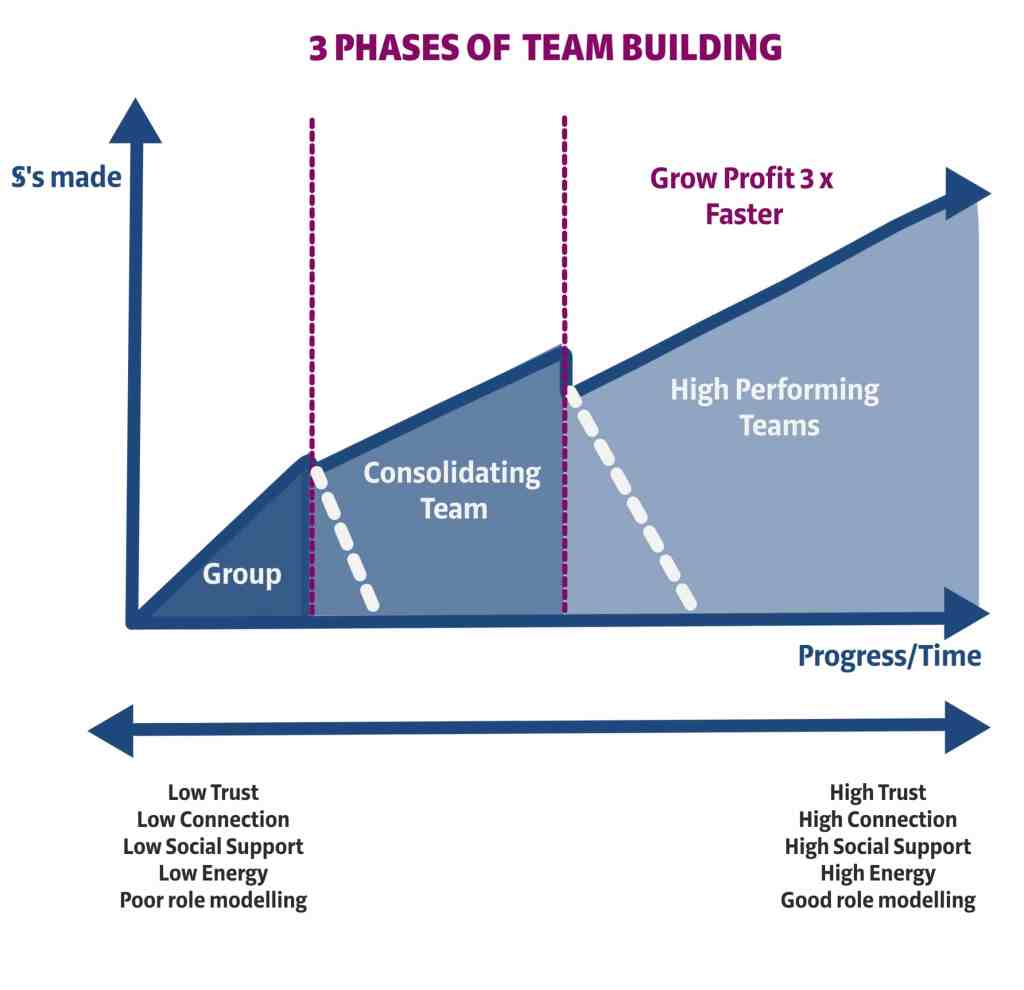
We all thrive when we feel trusted and when we trust others.
Trust is an emotion that's difficult to explain why it's important to us. These trust in business quotes...
Over the last few months, many leaders have quickly learnt to lead a remote team while working from home.
It’s been a steep learning curve for both team leaders and team members. Not only did leaders have to deal with how to work from home (with kids and a partner in the same space), learn new technology (and run an online meeting without anything embarrassing occurring in the background), but also how to remotely motivate and manage performance of an anxious team. The latter being particularly difficult with people fearful about keeping their job, catching the virus or having to work in isolation away from their peers.
Those new to their job or in junior roles have found isolation particularly difficult as they navigate the unspoken cultural rules of working in a new organisation or comprehending what they need to deliver to placate their boss.
Speaking to team leaders from a range of industries, many have found it difficult to know how to trust their people to get work done when they can’t see them doing any work. Visibility of work is just one of those human mindsets that can be particularly difficult to break through. The result is team members who over-work to compensate creating more stress and anxiety. Some team leaders even report that particular team members justify the work they are doing and quickly point out those they perceive as being a slacker. Behaviours which do little to improve team cohesiveness (and which incidentally, is a little bit like how my teenage daughters were acting with online learning).
One of the stumbling blocks that many leaders have found with their teams was trying to not only motivate their direct reports, but help them feel connected to one another. Underlying this is a need to not only trust people to work productively at home, but also encourage team members to trust each other. Any savvy leader honest enough to be concerned about these issues is right.
As you can see in the 3 Phases of Team Building chart below, high performing teams have trust underlying their success. They have high social support, connection, and energy which is underpinned by behaviours modelled by their team leader. This ensures that they work well interdependently, have open communication, deliver on time and to quality and keep kicking goals. Creating a wonderful positive momentum that spurs them on to further achievement.
 However, the big risk to any team is when you have some sort of change. Any uncertainty and teams are in danger of sliding back a phase or two, even if they are high performing. In this case, into a consolidating team that is working out how to work productively from home. Of course, the real threat to people working separately is that they fall into the habit of working independently and not interdependently.
However, the big risk to any team is when you have some sort of change. Any uncertainty and teams are in danger of sliding back a phase or two, even if they are high performing. In this case, into a consolidating team that is working out how to work productively from home. Of course, the real threat to people working separately is that they fall into the habit of working independently and not interdependently.
Now, some of you are probably thinking that independence is good. But care has to be taken to not confuse independence with autonomy. Providing autonomy to employees is ostensibly the hallmark of a great leader. According to research, teams that have autonomy are 60 percent more likely to be considered high-achieving than their more constrained counterparts. While employees without autonomy are at risk of stress and burnout. One of the beautiful benefits about working from home is that it gives people the freedom to work the hours that suit them (provided that they don’t have a boss that measures productivity by time in seat, rather than outcomes.)
As Dan Pink mentioned in his book, Drive, the difference between independence and autonomy is that autonomy isn’t about go it alone individualism. It means acting with choice – working both autonomously and happily interdependently with others.
Independent workers make it difficult for collaboration to occur, as they tend to put their needs first ensuring that they don’t quite understand another person’s (or team’s) priorities. And if there is one thing that we know, that if you don’t have people working together to solve problems – their team, and their organisation, are at risk of failing to innovate and stay relevant.
And so the question is, how is your team faring in terms of working cohesively? How are you supporting employees to work both autonomously and interdependently?
We are a few weeks away from moving back into the office for some industries. And the big global work from home experiment has meant that now, some people don’t really want to go back into the office full time. Working from home rocks.
For some employees, they have learnt that they are far, far, far more productive at home than they are at work. No commute has not only expanded the amount of time in their day, but also motivated them to keep working (which counter-intuitively makes a leader’s fear that people aren’t working from home, a little bit redundant).
While others have enjoyed the freedom of not being distracted by others, needing to travel interstate or overseas and being able to deeply focus on their work.
Back in March, millions of global companies were scrambling to set up working from home systems. It was chaotic. The good news is this time we now have time to plan how we go back to the office, even if it is months away. And this is important because how do you connect team members to each other and provide autonomy when you have some people still working from home and others working remotely? In essence, how do you become the glue that holds your team together?
As a leader, to improve your leadership skills and create a stable, thriving environment for your team, what’s important is to reflect on what is working, what’s not working, so you can plan out what you need to do less or more of with your team. All through the lens of ensuring you enhance cohesiveness and autonomy. Some questions to help you reflect are:
No matter what you think about COVID-19, the reality is that with every grey cloud, there has been a silver lining which has been different for everyone. It’s a great time to review how we are performing, so that we ensure that we don’t go back to bad habits which will be pretty hard to shift.
If you want to know more about the online facilitated workshops that I’m running with team leaders on Building Cohesive Dispersed Teams, call me 03 9696 8810 or contact me here.

We all thrive when we feel trusted and when we trust others.
Trust is an emotion that's difficult to explain why it's important to us. These trust in business quotes...

Okay - SO maybe that's not what the podcast interview was meant to be about for Candour Communication. But somehow, I managed to let that one slip.